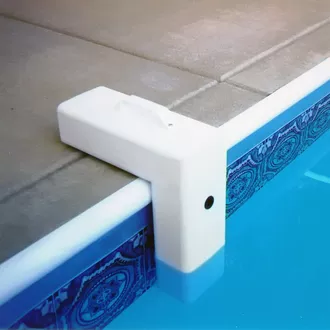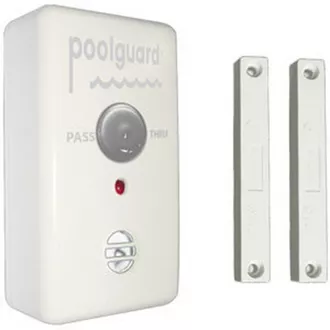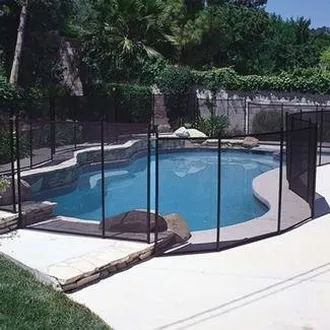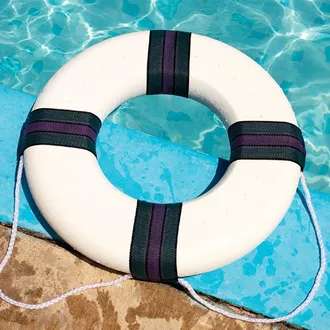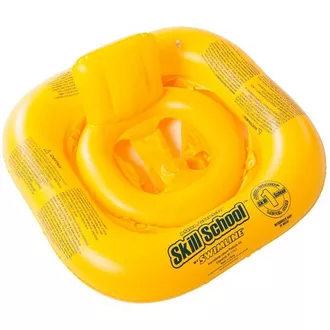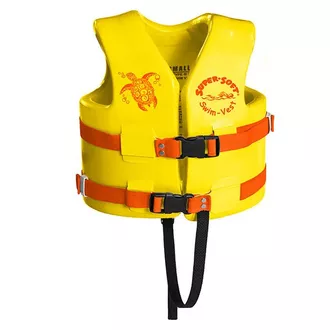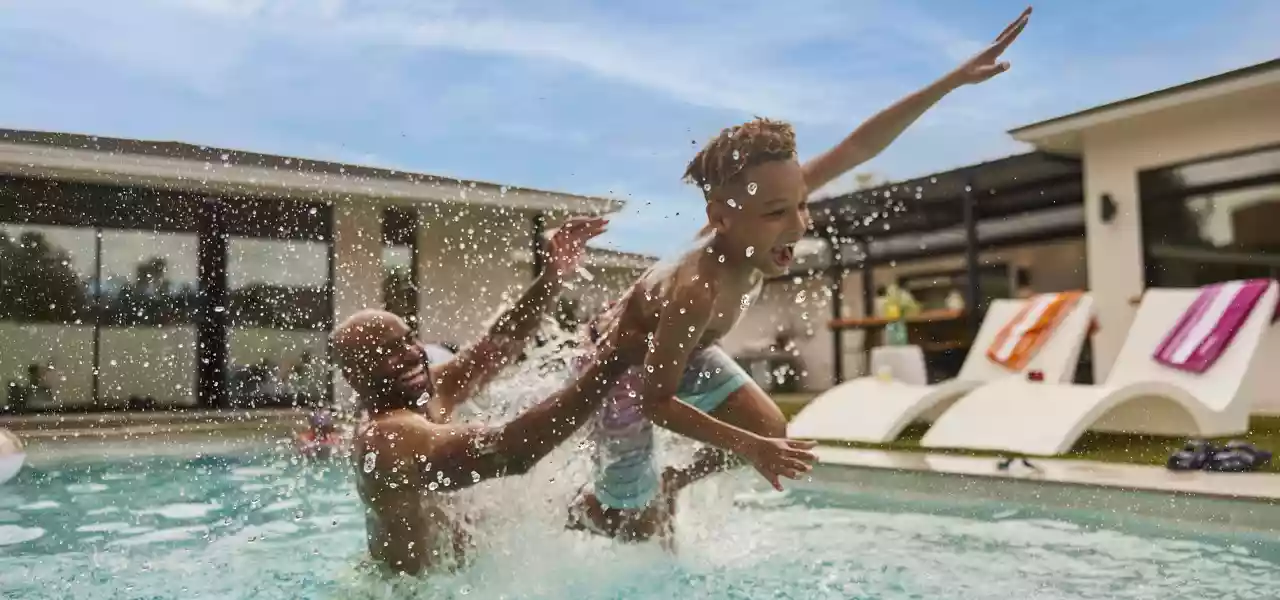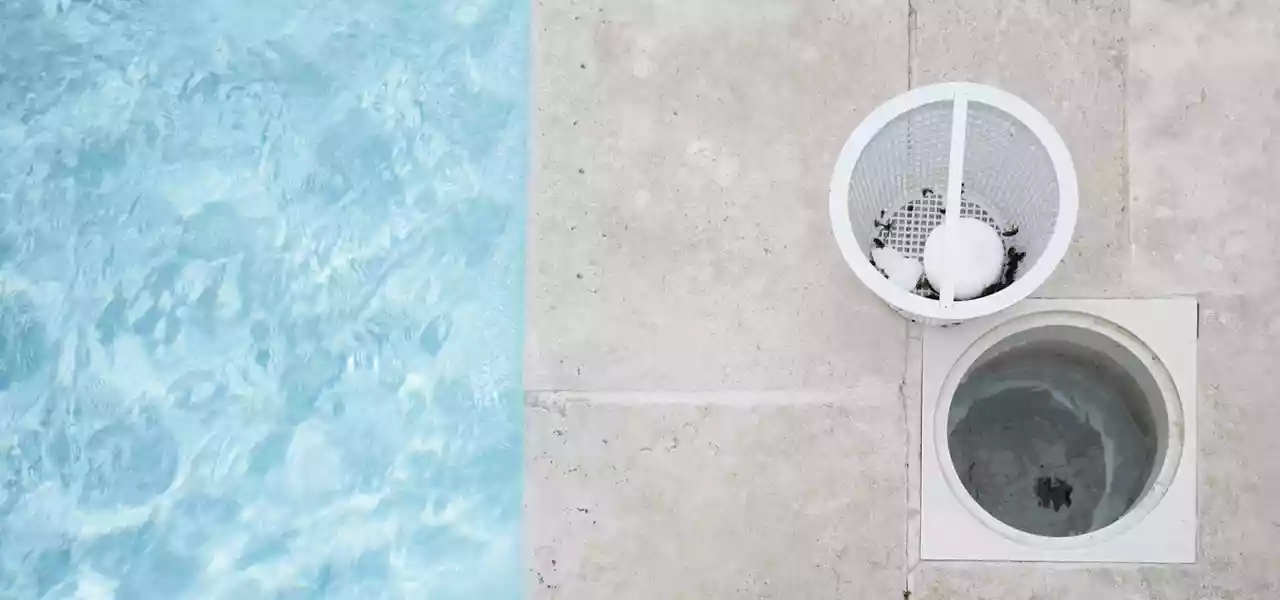
Some people think lifeguards have it easy. Nice tan, sit around the pool all day, hang out with your friends. That is what it may seem like, but far from reality. Life saving is not only a hard and tedious job, but is also requires full, undivided attention. Continuous surveillance of a pool full of splashing, yelling children, adults on pool floats and rowdy, loud and diving teenagers. All at once. On a busy day a pool can seem like total chaos. But, one person has a grasp on it all. The lifeguard. The lifeguard must be concerned about the safety and welfare of everybody in the pool and pool area, and. That’s a lot of responsibility.
Most guards follow a simple rule for watching the pool. The 10/20 Protection Rule, has given a standard for lifeguards to follow in a commercial pool setting. The rule states that “…a lifeguard who spots someone in trouble needs to respond in 10 seconds and reach the person in 20 seconds.”
The 10/20 Rule is a two step method to reduce drowning rates by creating a standard that not only monitors each square foot of a pool every few seconds, but also placing lifeguards for quick response to an accident, or unusual event. Swimming pool and water park managers have recently been required, by code, to implement and use the 10/20 Rule. Some like it, some don’t.
The 10/20 rule is frequently misinterpreted, often by attorneys, to suggest that guards who do not scan their zones within 10 seconds or who cannot reach a victim in 20 seconds are not performing their jobs correctly. As was later proven through research by Poseidon Technologies and Jeff Ellis & Associates, with the 10/20 rule, it may not be possible to assess whether lifeguards can scan their entire area completely or correctly. There are also those who say that certain conditions such as environmental differences, lifeguard placement or the detection of someone in trouble can all come into play and reduce the effectiveness of the 10/20 Protection Rule. Open water rescue personnel often scoff at the 10/20 rule, calling it useless, even in swimming pools.
Open Water Dive Safety Officer Cassi Varouxis said, “Noticing and reacting to panic in a diver or swimmer should be done in 20 seconds. And things can get deadly in that time, just like swimming pool lifesaving. You first notice and then act. We teach the stop, think, then act method. Kind of like a scene assessment: Is it safe for me to help? How can I help? Do I use triage?” “In open water The 10/20 Protection Rule becomes more like a 5/10 rule, you try to assess it before you get in the water by briefing and noticing the tell tale signs of someone who is in trouble. If possible, you act on it by having the person focus more on you, the rescuer than their own anxiety or panic. The more quickly you notice distress or panic, the better off everyone is”.
So, the 10-20 rule is said to possibly endanger the life of the rescuer – if it is not safe to act. Assessment is the key to any successful rescue, and when a distressed swimmer is in trouble, seconds count, and life and death decisions depend on quick acting lifeguards and instructors.
I propose an extension to the 10-20 rule, adding the value of focused assessment of the situation during both the “10” and the “20”. Combining the two practices will have a synergistic effect, much like shocking the pool with liquid chlorine, followed by granular pool shock.
The 10/20 rule should be used, primarily, to determine the placement and number of lifeguards. Add in the factors of crowd size, and environmental conditions such as blind spots, loud noise or other distractions, and staff or place lifeguards around the pool accordingly.
The 10/20 rule per se, has it’s place and it’s purpose. It’s just not the only point of focus for effective lifeguarding.

